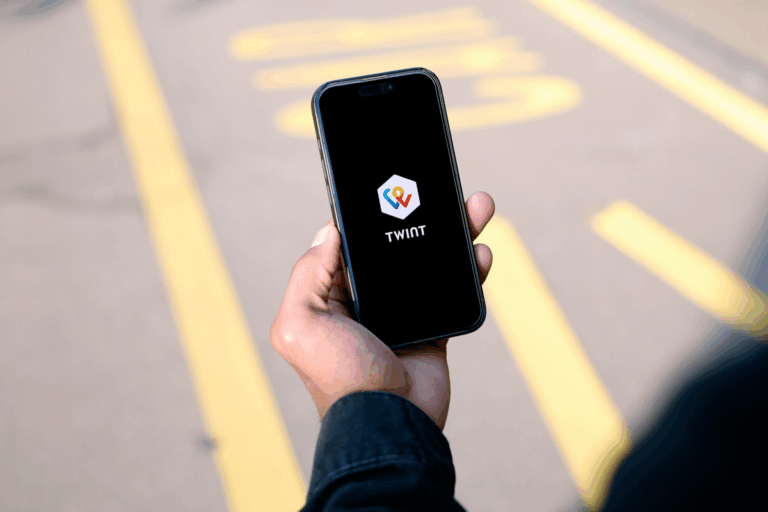SVG Phishing Threat: How Attackers Use SVG Files in Email-Based Attacks
A silent revolution is taking place in phishing tactics. Over the past six months, SVG phishing threats have emerged as a preferred method for delivering malicious payloads through email. This trend highlights an urgent issue for cybersecurity teams and email security providers.
Cybersecurity Experts Warn of Rising SVG Phishing Attacks
Security researchers from more than a dozen leading cybersecurity firms — including AhnLab, Cloudflare, Forcepoint, Intezer, Kaspersky, KnowBe4, Mimecast, Sophos, and Trustwave — have all reported a dramatic increase in SVGs used in phishing emails. According to Sublime Security’s Q1 2025 report, SVG-based payloads now make up 1% of all phishing attempts detected, representing a 47,000% increase compared to late 2024.
Why SVG Files Are Ideal for Email-Based Attacks
SVGs Are Not Just Images
The danger lies in the nature of the SVG file format. Unlike traditional image files (such as JPG or PNG), SVGs are actually XML-based code. They don’t display static images — they render them using real-time instructions written in code. When email clients or browsers load SVGs, they are executing code — not simply displaying an image.
Embedded Scripts Enable Sophisticated Phishing
SVGs can contain embedded HTML and JavaScript, allowing attackers to render interactive phishing pages directly inside the image file. These forms can be disguised as legitimate corporate elements — like email signatures or logos — but contain fields that harvest user credentials when interacted with.
Some sophisticated attacks require no user interaction at all. Opening the email triggers a script embedded in the SVG, redirecting users to a phishing website without a single click. This makes weaponised SVGs exceptionally stealthy.
Weaponised Without a Click: Why This Matters
This no-click phishing vector presents a major challenge for email security. By embedding scripts directly into SVGs, attackers bypass traditional link filters and sandbox environments. Cloudflare notes, “SVGs are not just images, they are programmable documents… capable of executing scripts and other manipulative behavior.”
This manipulation bypasses not only antivirus filters but, in some cases, even multi-factor authentication by imitating trusted interfaces inside the email environment.
The Need for Proactive Email Security Measures
The use of SVGs in phishing emails is not a passing trend. It signals a fundamental shift in attacker methodology. Traditional email filters are often not configured to inspect or block SVG content at the script level, making this threat both scalable and effective.
Unless email platforms like Gmail, Hotmail, and iCloud Mail implement measures to scan SVGs for active content or block them entirely, this vector will continue to grow. Cybersecurity professionals must update filters and reconsider how SVG files are treated across infrastructure.
ZENDATA’s Commitment to Cybersecurity Awareness and SVG Phishing
At ZENDATA, we remain at the forefront of detecting and responding to new cyber threats. The rise in SVG phishing tactics is a clear sign that attackers are adapting quickly. Our cybersecurity team continues to monitor this evolving landscape to protect our clients with forward-thinking solutions.
Want to protect your business from advanced phishing attacks?
Contact ZENDATA today to review your email security setup and learn how to stay ahead of modern threats. Please reach out to info@lm2n8btucm.preview.infomaniak.website






